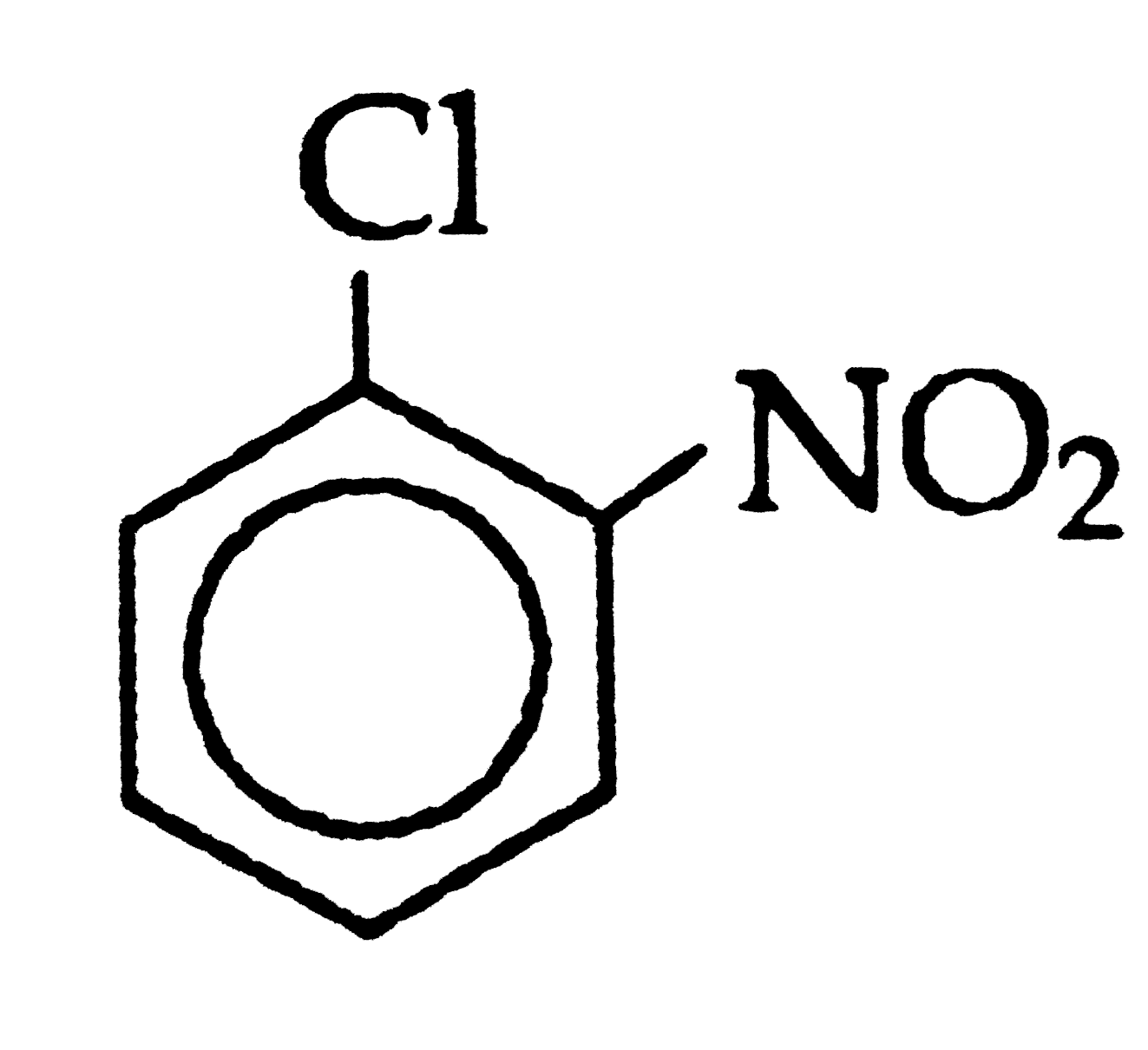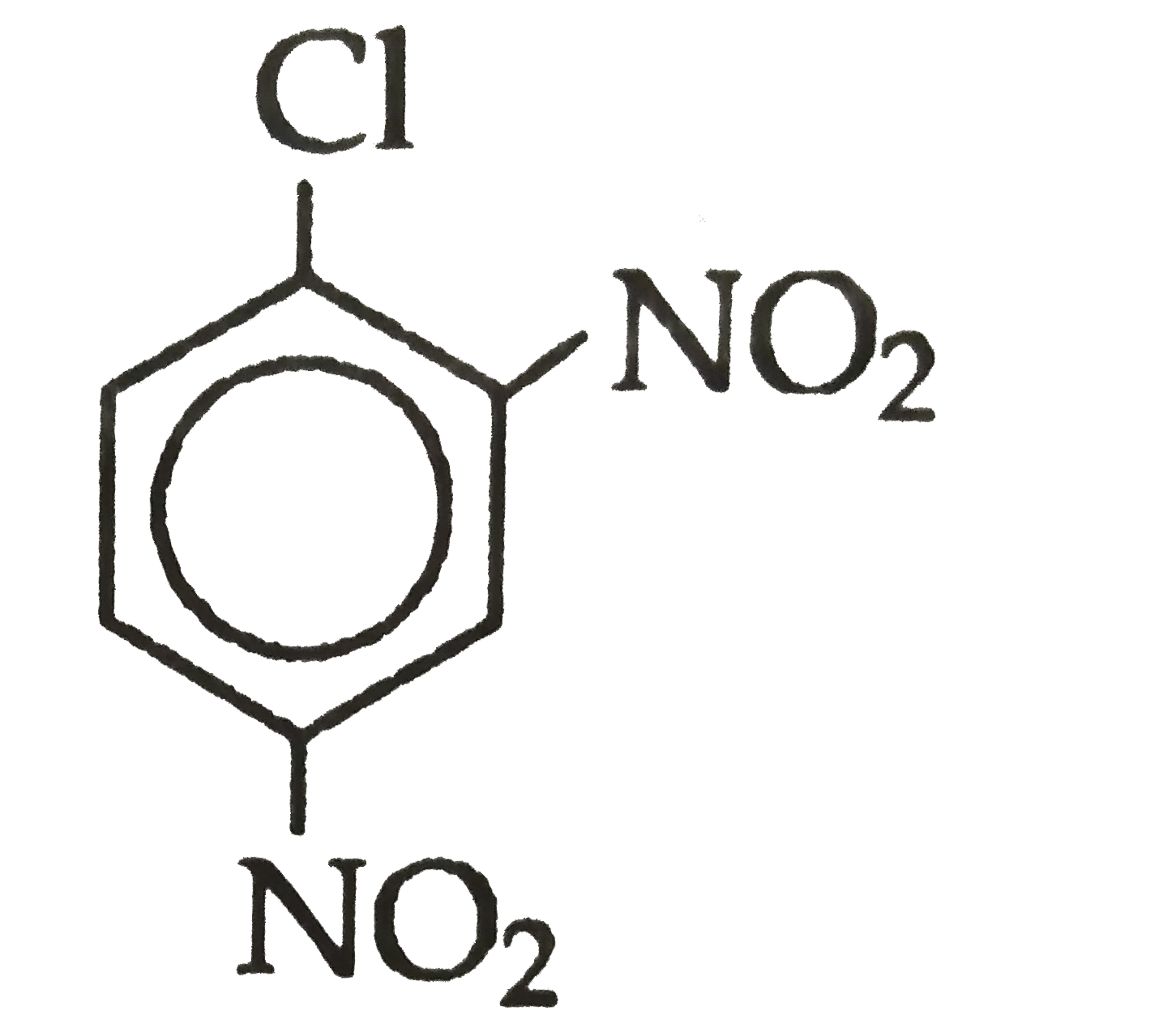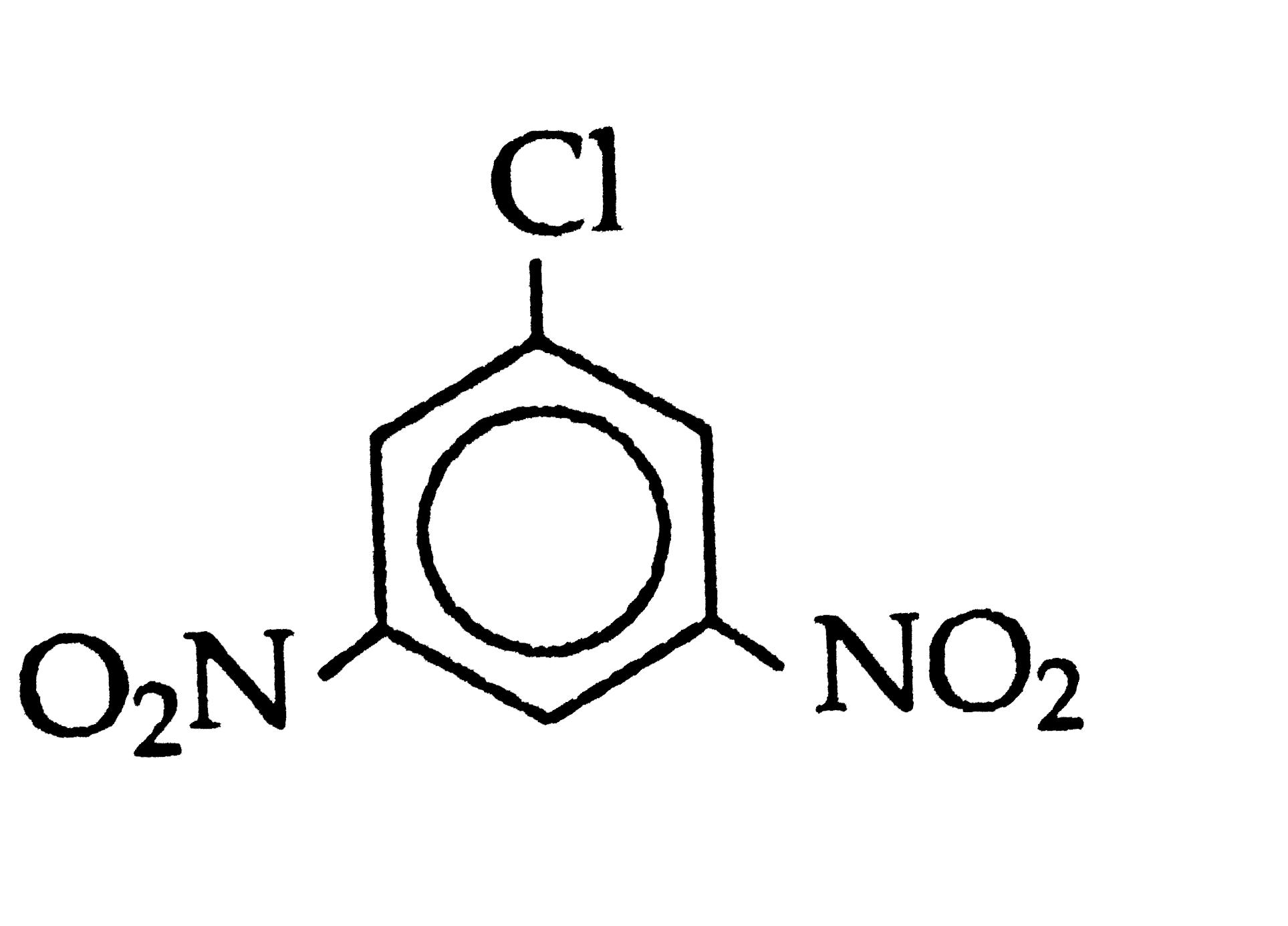Which of the following is least reactive in a nucleophilic substitution reaction?
A
CH3CH2CH2Cl
B
(CH3)3CCl
C
CH2=CHCH2Cl
D
CH2=CHCl
Video Solution
Text Solution
The correct Answer is:D
The halogen atom in vinyl chloride is least reactive.
|
Updated on:21/07/2023
Topper's Solved these Questions
- BOOK - MODERN PUBLICATIONCHAPTER - HALOALKANES AND HALOARENESEXERCISE - B. MULTIPLE CHOICE QUESTIONS (from competitive Examinations)63videos
HALOALKANES AND HALOARENES
- BOOK - MODERN PUBLICATIONCHAPTER - HALOALKANES AND HALOARENESEXERCISE - C. MULTIPLE CHOICE QUESTIONS (with more than one correct answers)10videos
HALOALKANES AND HALOARENES
- BOOK - MODERN PUBLICATIONCHAPTER - HALOALKANES AND HALOARENESEXERCISE - HIGHER ORDER THINKING SKILLS13videos
HALOALKANES AND HALOARENES
- BOOK - MODERN PUBLICATIONCHAPTER - GENERAL PRINCIPLES AND PROCESSES OF ISOLATION OF ELEMENTSEXERCISE - COMPETION FILE (Integer Type Numerical Value Type Questions)5videos
GENERAL PRINCIPLES AND PROCESSES OF ISOLATION OF ELEMENTS
- BOOK - MODERN PUBLICATIONCHAPTER - ORGANIC COMPOUNDS CONTAINING NITROGEN EXERCISE - UNIT PRACTICE TEST5videos
ORGANIC COMPOUNDS CONTAINING NITROGEN
Similar Questions
Knowledge Check
- Question 1 - Select One
Which of the following is least reactive in a nucleophilic substiution reaction
ACH2=CHCIBCH3CH2CICCH2=CHCH2CIsD(CH3)3C−CI - Question 2 - Select One
Which of the following is lest reactive in a nucleophilic .
ACH3CH2ClBCH2=CHCH2ClC(CH3)3C−ClDCH2=CHCl - Question 3 - Select One
Which of the following is more reactive in nucleophilic substitution reaction
A (##NIK_OBJ_CHE_XII_C10_E02_017_O01.png" width="30%">B C
C D
D
Which of the following is least reactive towards nucleophilic substitution?
View SolutionWhich of the following is most reactive toward nucleophilic substitution reaction ?
View SolutionWhich one is least reactive in a nucleophilic substitution reaction?
View SolutionWhich of the following is most reactive toward nucleophilic substitution reaction ?
View SolutionWhich of the following is most reactive towards nucleophilic substitution reaction?
View Solution

